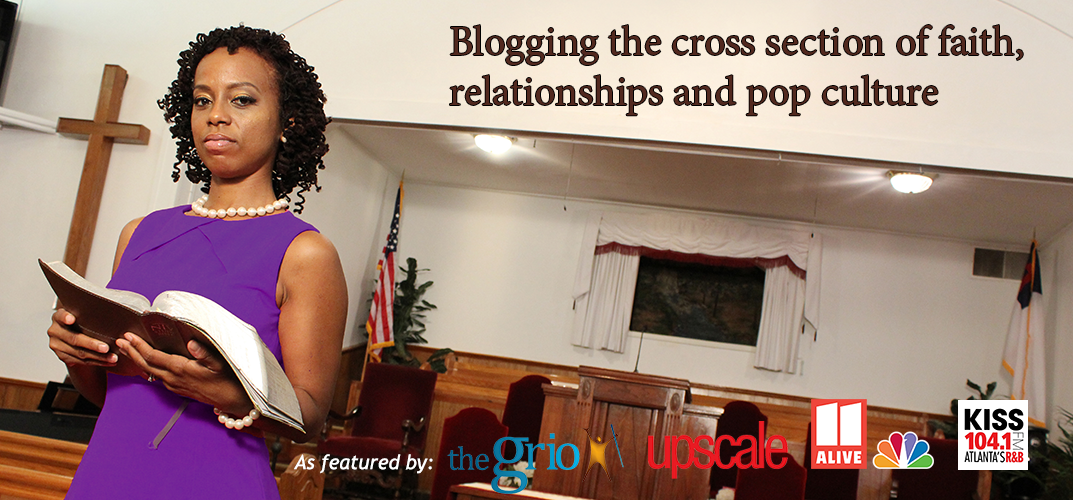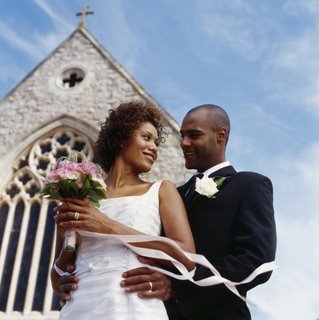Hello World! 
We are officially in the last days of 2010. This means that if you had any goals, resolutions or dreams for the year, you now have just over three weeks including today to get moving on making them a reality…
One of my goals was to pay off my sole credit card, and I did with the help of a financial coach and God in May! There is another important goal and dream that I realized as well, but I’m not ready yet to share that here on my blog. Stay tuned in 2011 though because big things will be poppin’ and little things will be stoppin’. (Thanks T.I. 🙂 )
As the days of the year slip by, I also think it’s an appropriate time to reflect on the highlights and even the sad moments of the year. Although I relish sharing my life with you on this blog, I must confess that as I write, I feel reticent about sharing some of the deeper questions I have grappled with this year…but I will say this, I have begun to pray scriptures…As I get more mature (not perfect) in my Christian walk, I learn more ways of communicating with our heavenly Father. I never knew how powerful it can be to actually pray Bible verses back to God. In His word, God has told us that His word will not return to Him void (Isaiah 55:11), and so now, I take every opportunity to remind Him of what He said…Now, I’m not saying that I can tell God what to do by quoting scripture as He is sovereign, but I do think quoting scripture reminds us of His love and power and it demonstrates to God that we really business…
Below are some of the scriptures I have used this year, as I went through ups and downs of life…
Be strong and very courageous. Be careful to obey all the law my servant Moses gave you; do not turn from it to the right or to the left, that you may be successful wherever you go. Joshua 1:7
I beseech you therefore, brethren, by the mercies of God, that you present your bodies a living sacrifice, holy, acceptable to God, which is your reasonable service. And do not be conformed to this world, but be transformed by the renewing of your mind, that you may prove what is that good and acceptable and perfect will of God. Romans 12:1-2
Delight yourself also in the LORD, and He shall give you the desires of your heart. Psalm 37:4
Are not two sparrows sold for a copper coin? And not one of them falls to the ground apart from your Father’s will. But the very hairs of your head are all numbered. Matthew 10:29-30
And my God will meet all your needs according to the riches of his glory in Christ Jesus. Philippians 4:19
Ask and it will be given to you; seek and you will find; knock and the door will be opened to you. For everyone who asks receives; the one who seeks finds; and to the one who knocks, the door will be opened. Matthew 7:7-8
And then he told them, Go into all the world and preach the Good News to everyone. Mark 16:15
I call heaven and earth as witnesses today against you, that I have set before you life and death, blessing and cursing; therefore choose life, that both you and your descendants may live. Deuteronomy 30:19
For even when we were with you, we commanded you this: If anyone will not work, neither shall he eat. II Thessalonians 3:10
Do not be anxious about anything, but in every situation, by prayer and petition, with thanksgiving, present your requests to God. And the peace of God, which transcends all understanding, will guard your hearts and your minds in Christ Jesus. Philippians 4:6-7
So what verses helped you to navigate 2010? What goals, resolutions or dreams have become a reality this year? How will you spend the remaining days of this year?
Any thoughts?
P.S. Because it’s the Christmas season, the proverbial “most wonderful time of the year (As a Jamerican, I actually prefer summer),” I plan post videos of my favorite Christmas songs on my blog posts this month…


